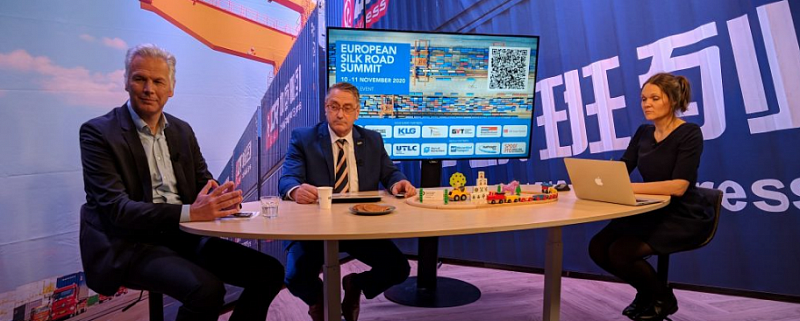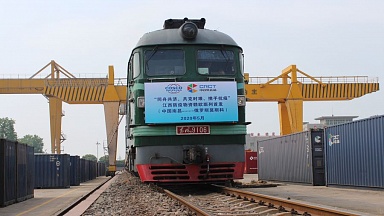The study included thirty companies, shippers and logistics providers, mainly from the automotive and machinery sectors. The criteria for choosing these two sectors were reduced to the fact that they have the highest volumes of transported products by rail currently. Since shippers and logistics companies work closely together, it would be normal to pay attention to both of their perspectives concerning the use of rail, the difficulties faced, and the potentials of growth. However, most of the focus lies on the logistics service providers at the moment. As a result, moving the attention towards shippers could be handy in terms of a long-term view on the rail transport market.
Different viewpoints
Estimations from logistics companies are essential to comprehend the possibilities that rail transportation has; however, they are not always enough. Consequently, focusing on the shippers’ side, who seem to deal with a different range of struggles, could also be beneficial in acquiring a complete overview of the situation.
If we take, for example, the impact that the Covid-19 pandemic had on transportation, we see two different stories unfolding. On the one hand, logistics companies during the pandemic saw an increase in the volumes of their rail services. Additionally, they saw opportunities in developing more rail links between Europe and Asia and connecting more Chinese and European cities by improving their services. In overall, they foresee a positive future because their goal remains to mainly attract a variety of customers and expand their services in both continents.
On the other hand, shippers seem to share moderate excitement. Even if they saw their transported volumes increasing after the first months of 2020, they cannot be sure about the future. More explicitly, and due to internal structural problems that they are facing, shippers cannot guarantee the long-term success of transporting their goods by rail. Moreover, they are skeptical that there could be a future decline in the market.
Why rail?
Another interesting aspect of the study is related to the reasons why shippers choose rail to transport their goods. First of all, rail has proved to be a very successful mode next to sea and air transport. Among its main characteristics attracting the shippers’ attention, are the low transport costs, the fast transit times and the reliability that it offers. Especially in comparison to sea transportation, rail is quicker, and simultaneously its prices are acceptable. Subsequently, choosing rail over other modes results form a combination of factors.
Furthermore, digitalisation can be a key driver towards the rail as well. That is because, through digitalisation, shippers have the chance to control the status of their shipments. Being able to manage shipments is positive because it provides insights that allow better management of supply chains in general. However, as Verweij said, sea and air transportation are already largely digitalised. The rail sector, thus, needs to provide equally competitive tools that will enable all actors concerned to operate more effortlessly.
Trends observed
Regarding 2020 and rail transportation, Verweij’s study distinguished some trends that could be beneficial but also problematic in the future. For instance, some companies are choosing to manufacture their products in Europe instead of China to contain the risks taken. This trend could potentially result in a decrease of intercontinental transportation, in general, and of rail transportation, in particular.
On the positive side, the ‘Go-west- production’ taking place in China is quite promising. On top of that, there is a tendency from companies to have lower inventories and smaller shipments with higher frequency in supply. The rail sector can easily meet with this need. Finally, there are multiple emerging markets in Asia at the moment, and rail could attract their interest by improving its services even more. Verweij mentioned that if these trends are managed right, there is an immense potential of boosting Eurasian rail transportation.
Conclusions
All in all, the main observations concluded by Verweij’s research, estimate a quite positive future for rail transportation. According to him, transported volumes are believed to increase from one per cent that they are currently, to three-five per cent in the following years. Also, the share that shippers have in rail transport will also alter since there are multiple emerging sectors eager to use rail. Besides, Covid-19 showcased the value of rail, and since many companies started using it, they will probably keep putting their trust in it.
In the end, however, logistics service providers will be the ones to determine the possible growth. That is because they are the ones monitoring the needs of clients who come from different sectors and adjust their services accordingly. Nevertheless, taking into account the perspectives of all parts concerned is not harmful. In contrast, it can prove very beneficial since the utilisation of feedback can most of the times result in improvements and better cooperation.




